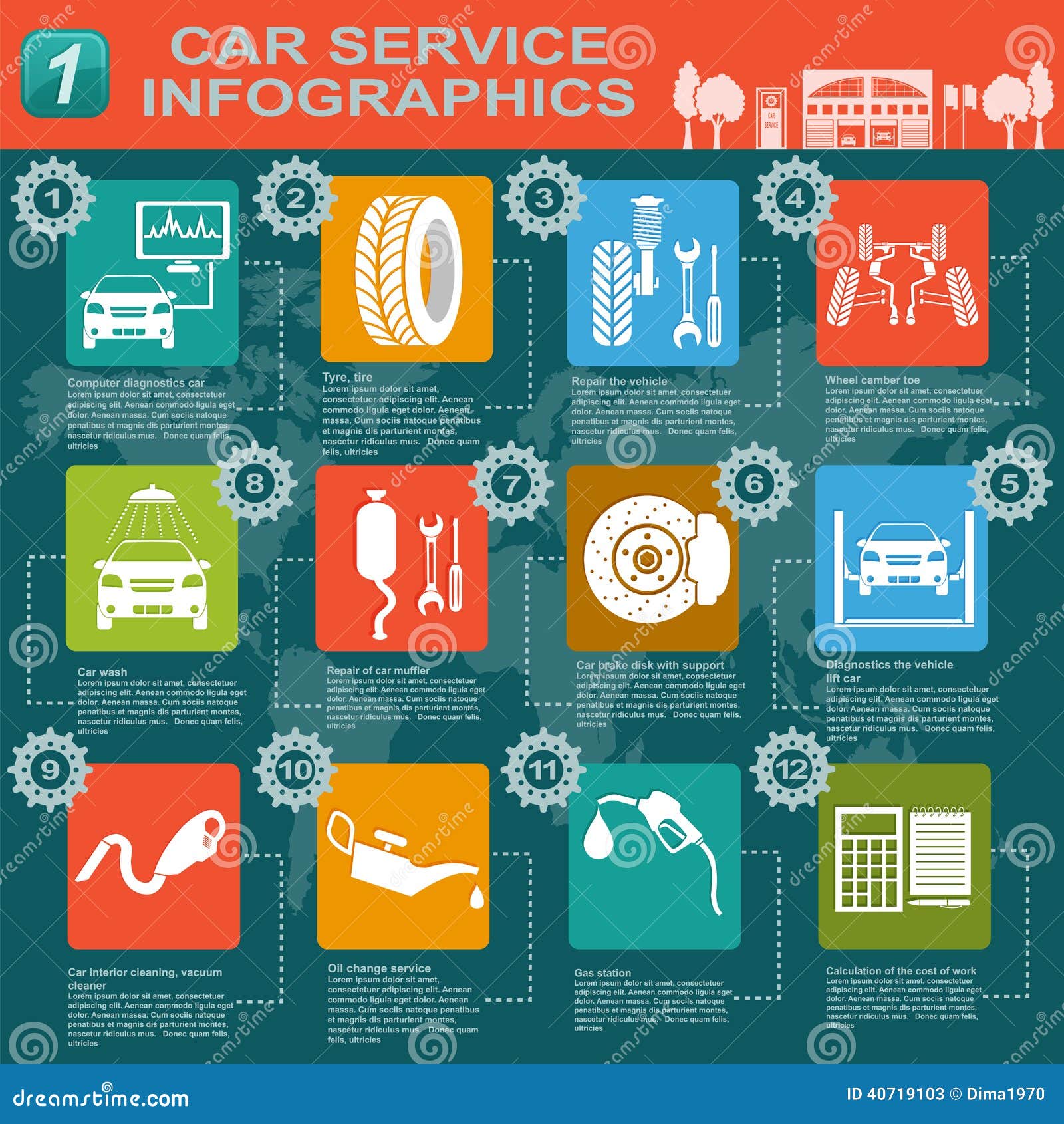Eager To Understand What The Control Panel Caution Lights In Your Cars And Truck Symbolize? Discover Their Significances For The Health And Safety Of Your Automobile
Eager To Understand What The Control Panel Caution Lights In Your Cars And Truck Symbolize? Discover Their Significances For The Health And Safety Of Your Automobile
Blog Article
Web Content Written By-Vinson Forbes
When you're behind the wheel, those glowing caution lights on your control panel can be a little bit complicated. Do you understand what they're trying to tell you concerning your cars and truck's wellness? Understanding the importance of these lights is important for your safety and the longevity of your lorry. So, the following time among those lights turns up, wouldn't you intend to decipher its message properly and take the necessary steps to address it?
Common Warning Lighting and Interpretations
Recognize common warning lights in your cars and truck and comprehend their meanings to make sure secure driving.
The most normal caution lights include the check engine light, which signifies issues with the engine or emissions system. If this light begins, it's critical to have your automobile checked promptly.
The oil pressure warning light indicates reduced oil stress, needing prompt focus to prevent engine damages.
A flashing battery light may suggest a defective billing system, potentially leaving you stranded otherwise resolved.
The tire pressure tracking system (TPMS) light alerts you to low tire stress, impacting car stability and gas effectiveness. Overlooking this could cause hazardous driving problems.
The abdominal light indicates a trouble with the anti-lock braking system, compromising your capability to stop swiftly in emergency situations.
Lastly, visit the following internet site advising light warns of engine getting too hot, which can result in severe damage if not resolved quickly.
Understanding these common caution lights will help you deal with problems without delay and keep risk-free driving conditions.
Relevance of Prompt Attention
Comprehending the usual caution lights in your vehicle is only the primary step; the importance of without delay resolving these warnings can not be highlighted enough to guarantee your safety on the road.
When a caution light illuminates on your dashboard, it's your vehicle's method of interacting a prospective concern that requires attention. Disregarding these cautions can bring about more serious problems in the future, jeopardizing your safety and potentially costing you extra out of commission.
Trigger focus to cautioning lights can stop failures and accidents. As an example, a blinking check engine light could show a misfire that, if left ignored, might trigger damages to the catalytic converter. Addressing car wash near me now can conserve you from an expensive repair.
In a similar way, a brake system advising light might signify low brake fluid or worn brake pads, important components for your safety and security when driving.
Do It Yourself Troubleshooting Tips
If you discover a caution light on your control panel, there are a few DIY troubleshooting pointers you can attempt before seeking expert aid.
The primary step is to consult your car's handbook to comprehend what the certain warning light shows. Often the problem can be as simple as a loosened gas cap setting off the check engine light. Tightening https://tysonojdys.blogsmine.com/30741551/delve-into-the-essential-trends-that-are-forming-the-future-of-car-fixing-featuring-the-growth-of-electrical-vehicles-and-the-combination-of-ai might fix the trouble.
Another typical issue is a low battery, which can cause various warning lights. Inspecting the battery links for rust and ensuring they're safe might take care of the problem.
If a warning light lingers, you can attempt resetting it by separating the cars and truck's battery for a couple of minutes and then reconnecting it. In addition, inspecting your vehicle's fluid levels, such as oil, coolant, and brake liquid, can aid repair warning lights related to these systems.
Final thought
To conclude, recognizing your cars and truck's warning lights is crucial for keeping your automobile running smoothly and securely. By promptly addressing these signals and understanding what they suggest, you can prevent expensive repair work and prospective failures.
Remember to consult your car's guidebook for particular details on each alerting light and do something about it accordingly to make certain a trouble-free driving experience.
Keep notified, remain risk-free when driving!
